You don’t need us to tell you that generating leads should be a top priority for your business. After all, if you aren’t generating leads, you won’t end up with any paying customers.
Looking at this another way, every single one of your paying customers was, at one point, a lead to be converted. That’s why a customer-centric marketing approach can help.
Here, we’re sharing seven ways you can get more leads using customer-centric marketing:
- Be omnipresent to pull leads in
- Deliver clear and immediate value
- Remove friction from the experience
- Use multiple content formats
- Leverage specific and relevant social proof
- Use dynamic content
- Be personable
Before, let’s talk about why you should focus on customer-centric marketing in the first place.
Why focus on customer-centric marketing?
We know that capturing leads is a big challenge for so many businesses. And not every lead you collect will end up becoming a paying customer. In fact, the vast majority of them won’t end up converting.
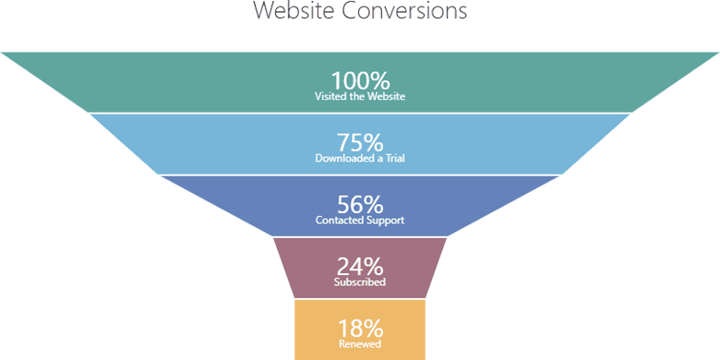
On paper, it may seem like the best course of action is to simply collect more leads in the hopes of generating more conversions.
However, this wide net approach isn’t that efficient. For one thing, more leads doesn’t necessarily mean more conversions. Secondly, you’ll need to spend a lot more time and other resources sifting through your leads to uncover those willing to convert.
While you do want to increase the number of leads you generate, it’s even more important to collect a higher number of qualified leads.
This is where customer-centricity comes in.
The idea behind customer-centric marketing is to become more targeted in your efforts, focusing on bringing relevant value to those who are most in need of your services.
Wharton marketing professor Peter Fader explains:
“Customer centricity is a strategy that aligns a company's development and delivery of its products and services with the current and future needs of a select set of customers in order to maximize their long-term financial value.”
Customer-centric brands aren’t interested in casting a wide net in the hopes of catching a few qualified leads. And they don’t take a “spaghetti-against-the-wall” approach to see what sticks when engaging with their target audience.
Rather, they think about what their target audience needs first—then works to deliver it to them as best they can.
How to prepare for customer-centric marketing
Before we dig into the nitty-gritty tactics involved in customer-centric lead generation, we need to discuss the fundamental changes that will need to take place within your company.
Identify your high-value target personas
As the old saying goes, you can’t please everybody 100% of the time—and you shouldn’t try.
Instead, you’ll want to focus your energy on serving your best customers to the best of your ability. To do so, you first need to know exactly who your best customers are.
These are the customers who:
- Have needs that best align with the value you provide.
- Are likely to use your higher-value products, either now or in the future.
- Are willing and able to spend money on your brand’s products or services for just as long.
Ideally, you’ll already have a number of customers who fit these criteria.
In this case, your goal will simply be to target leads who look and act similar to these high-value customers. This will require you analyze your current customers’ journeys, specifically surrounding their initial engagements with your brand.
If you’re still fleshing out your ideal target persona, you’ll want to be as comprehensive as possible. The fewer assumptions you have to make about who your best leads are, the more likely you are to engage with those who will end up becoming high-value customers in due time.

Break down departmental silos
As we’ve said, customer-centric marketing is about shifting your team’s overall focus onto better serving your customers.
In contrast, a product-centric organization is one that focuses on improving the products or services you offer, then seeking out an audience to serve.
Similarly, product-centric organizations often work in isolation: Marketing teams complete marketing tasks, sales teams sell, customer service teams provide support to users as needed … but they rarely work together to provide value to the customer.
To take a customer-centric approach, you need to break down these departmental silos to facilitate cooperation between teams. The idea here is that all of your customer-facing teams have experience engaging with your customers—meaning they all have valuable insight to bring to the table.
In working together, your customer-facing teams can:
- Create a more comprehensive idea of who your target customers are, and what they need from your brand.
- Understand what resonates with this target audience in order to enhance your branded messaging.
- Develop your product, services, and overall branded experiences well beyond your customers’ expectations.
Breaking down departmental silos requires intentional action on the part of your team, along with systematic changes to your processes. Knowledge management is essential here, as it allows you to centralize and share organizational knowledge and info for all customer-facing teams to use when engaging with your audience.
Integrate your tech stack
Along with integrating your organization’s departments, you also need to sync up the various tools in your tech stack.
This will allow customer data and related information to flow freely throughout your organization, no matter what tool a team member is using to access it.
For example, if a customer opens a support ticket through your help desk software, you’ll want this information to automatically be reflected within the customer’s profile in your CRM.

Similarly, if a new lead engages with your brand via chatbot or mailing list form, a new profile should automatically be created within your CRM. Ideally, any preliminary information about this new lead (e.g., on-site behavior, geographic data, etc.) should be reflected in their profile as well.
This will help supercharge your lead-generation efforts in two key ways.
For one, you’ll immediately begin collecting valuable information on your new prospects, allowing you to quickly gauge the likelihood of them becoming a high-value customer. Typically, this process will be automated to some extent—enabling you to prioritize the right leads from their very first interactions with your team.
Moreover, the information you collect on your audience as a whole will make it easy for you to strengthen your overall targeting. In turn, the leads you collect will likely be more valuable in the first place—meaning you won’t have to sift through a ton of unqualified leads to get to the good ones.
By taking care of the groundwork first, your team will be much better prepared to successfully apply the lead-gen tactics we’ll be discussing in the next section.
How to use customer-centric marketing to get more leads
With the above in mind—and without further ado—let’s now dig into all that goes into effective, customer-centric marketing.
1. Be omnipresent to pull leads in
Providing an omnichannel experience to your customers has become all but essential by today’s standards.
And it should start before your potential customers have even interacted with your brand in the first place.
This just makes sense: If they’ve never interacted with your brand before, they’re not likely to just happen upon one of your owned channels.
That said, you’ll need to create a presence for your brand on the channels your target audience does engage with on a regular basis.
For starters, think about the special interest sites and forums your high-value customers are likely to hang out. By providing insightful and practical information on sites like Quora and Reddit, you can both generate brand awareness and showcase your brand’s value to your potential future customers.

Press releases are another effective way to get your brand’s name in front of a highly-targeted, pre-existing audience. Generally speaking, it’s safe to say consumers who actively keep up with press releases in your industry will have more than a passing interest in what your brand has to offer.
Another key way to generate targeted leads is by guest posting on sites that relate in some way to your brand.

The Unstack team used guest posting and other strategies to bring massive traffic to their site.
Finally, you’ll of course want to generate a huge presence on social media in order to generate high-quality leads.
Creating relevant content, combined with targeted hashtags, can drive a massive amount of potential leads to your social channels—and, in turn, to your website.

Influencer marketing is also effective for generating awareness via social media. Again, the idea is to use a third party to grab the attention of highly-interested consumers to nurture them toward becoming an official lead.

At this stage, being customer-centric is about going where your target audience is, and giving them something of value without asking for all that much in return. While you will be prompting them to engage further with your brand, the focus is more on giving them the information they need to continue on their path to success.
Speaking of delivering upfront value…
2. Deliver clear and immediate value to potential leads
Simply being present on the right channels won’t be enough to attract new leads to your business.
To effectively grab the attention of your prospective customers, you need to make your brand’s value crystal clear from the get-go.
(The importance of making a good first impression cannot be understated here.)
At this point, it’s crucial to communicate your brand’s value as it pertains to the consumer. It’s not about what your brand does for the customer, but more about what the customer will be able accomplish by engaging with your brand.
That’s what customer-centricity is all about.
Essentially, this means proactively delivering value to your customers without asking for all that much in return.
Blog posts and other free content are go-to tools for this purpose.
With such content, you can deliver initial value to your potential customers in the form of:
- Solutions to surface-level problems they’re likely facing.
- Answers to basic questions about your industry and brand.
- Guidance regarding “bigger picture” issues they’ll need to tackle to truly accomplish their goals.
This initial content will, in turn, prime your target audience to engage further with your brand — and nurture them toward officially becoming a lead.
“Having regular, well-written, interesting, and relevant content is probably the best way to gain long-term trust and respect from your customers and prospects. Whether you choose to go with written or video content, make sure the topics you talk about are industry-related, since this will attract the right target group to your brand.” - Chris Von Wilpert, Founder of Content Mavericks
Typically, this next step will involve getting them to sign up for your mailing list.
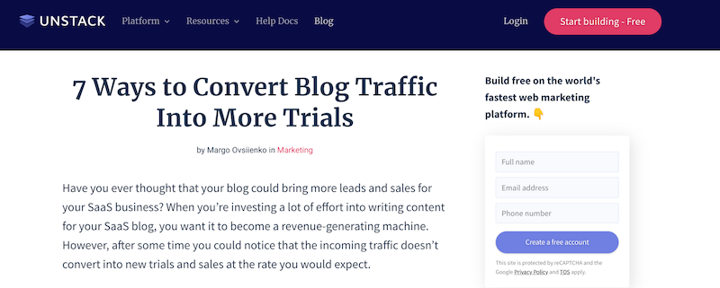
In maintaining your customer-centric focus, you again need to be clear as to what the consumer will get in return.
At the very least, this means explaining what you’ll be delivering to their inbox on a regular basis once they sign up. Be explicit here; a generic value proposition will almost certainly make them think twice about handing over their contact info.
You might also offer a discount, freebie, or other more tangible reward to those who sign up, as well.

That said, the one-off reward you offer shouldn’t be the reason a prospect becomes a lead. Rather, it should be the “cherry on top” of an already-attractive offer—with more value to come in the near future.
That will be the difference between generating a bunch of leads who are just looking for a quick freebie, and collecting leads who have a high probability of becoming paying customers.
3. Remove friction throughout the initial experience
Once a potential lead is convinced they should engage further with your brand, it should be as easy as possible for them to do so.
It should also be as easy as possible for them to get to the point of wanting to convert in the first place
This means streamlining your prospects’ initial experiences with your brand across the board.
Basically, once they show signs of potential conversion, they need to be able to progress in their journey without anything getting in their way.
In short: Their on-site user experience needs to be top-notch.
From a navigational standpoint, your visitors should always be able to find the information they need to accomplish the task at hand. To this end, a properly-structured website, along with a comprehensive search feature, is key to keeping your potential leads on track.
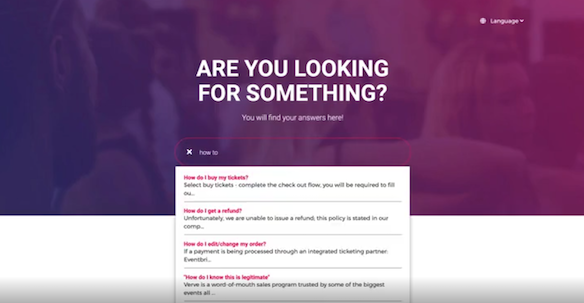
Similarly, your forms should be easy to navigate and should only require your prospects to provide absolute need-to-know information.
(Conversely, asking too much of your potential leads will likely cause them to turn away from your brand for good.)
In aiming to keep your prospects informed, a knowledge base is essential. Here, they can find more in-depth info on your brand’s products, services, and overall operations.
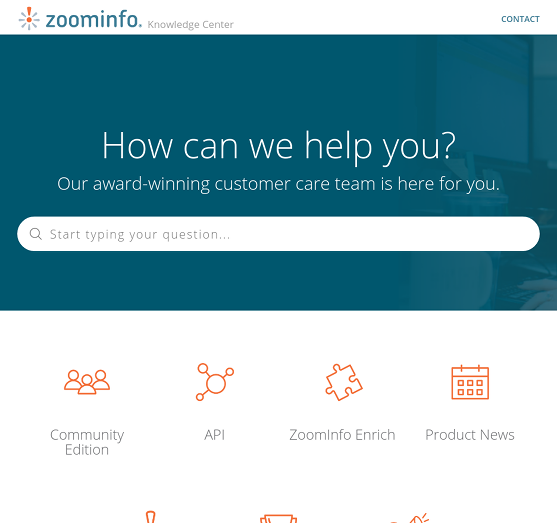
Finally, it’s important to streamline the experience from a psychological standpoint, as well. Your prospects need to understand there’s no risk in taking the next step—and that they’ll almost certainly have more to gain by doing so.
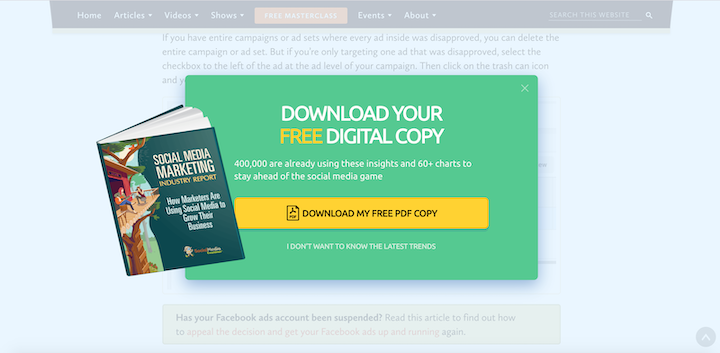
With less friction, your potential leads will be less likely to hesitate when diving deeper with your brand. Streamline their initial experiences, and they’ll be more than happy to take the next step.
4. Use multiple content formats
As we’ve said, delivering valuable info to your prospects is key to getting them to convert.
You also need to ensure they’re able to digest this information in a way that works best for them.
This means using multiple content formats to deliver the information they’re looking for.
There are two keys to consider when undertaking this effort—each of which are vital to attend to.
“First, consider your target audience’s overall preferences and expectations. Obviously, if they aren’t willing to engage with a certain type of content, they aren’t going to do so—no matter how valuable it may be. Secondly, think about which format(s) will best allow you to communicate the info in question. On this same token, consider how you can use different format types to best communicate the most important information to a specific target audience. It’s all about repurposing your existing content for certain purposes, and for certain audiences.” - Alon Popilskis, Owner Smart SEO Designs
A few examples:
- An infographic that hits on the main points of a long-form blog post.
- An ebook that dives deeper into the topics discussed in a popular blog post.
- A podcast or video episode pulling information from multiple pieces of on-site content.
The benefit of repurposing your most valuable content is two-fold.
For one, it helps reinforce the information in the minds of those who engage with your content. Not only does this provide more value to them, but it also helps reinforce the notion that your brand delivered said value.
You can also use your repurposed content as a lead magnet, itself. For example, you might offer a checklist summarizing the action steps provided in a blog post.
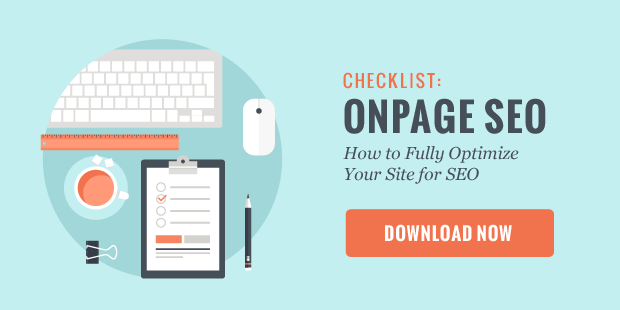
Overall, repurposing your content keeps your potential customers engaged with your brand — and more likely to engage even further moving forward.
5. Leverage specific and relevant social proof
Your prospects will still need a fair amount of convincing that your brand is the brand for them—even after you’ve delivered the valuable content we’ve spoken of.
And, unfortunately, they’re not going to just take your word for it.
But they will listen to the advice of your current customers—especially those who have experienced massive success with your products or services.
So, you’ll want to be pretty heavy-handed when it comes to showcasing social proof to your potential leads.
In promoting social proof, there are a few best practices to follow:
First—as discussed above—deliver it in the most effective and impactful content for a specific audience. Case studies may work for certain targets, while video testimonials will be more effective for others.
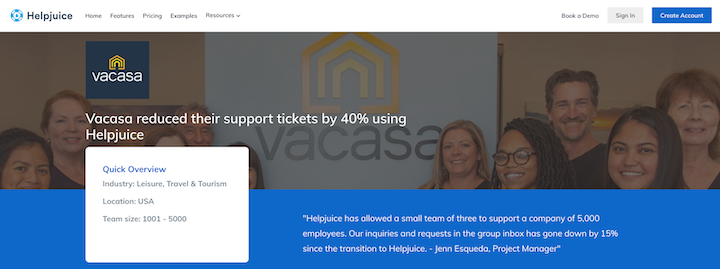
It’s also important to be as specific as possible with the information you present. This means:
- Using testimonials from customers within relevant audience segments.
- Citing specific data points, quotes, and outcomes within your testimonials.
- Including actual customer/brand names within your testimonials.
Overall, you want your testimonials to appear as “real” as possible to your potential customers. Without this crucial step, your prospects may be hesitant to believe the content in the first place.
Finally, going along with the idea of streamlining your CX, you need to deliver this social proof at the most critical moments of their initial journey with your brand.
In doing so, you’ll be better able to:
- Point them to a specific piece of content.
- Nurture them toward conversion.
- Set the stage for their branded experiences moving forward.
Can you do all this without social proof?
Possibly.
But, with your current customers painting a picture of “what can be” for your prospects, it’ll be much easier to make it happen.
6. Use dynamic content
Dynamic content is crucial for personalizing your customer experience.
With dynamic content, you can personalize the ads, pop-ups, and other content you deliver to your prospects based on the information you’ve collected on them, such as:
- Their personal data (from connected social media profiles as well as responses from feedback forms, surveys, quizzes, etc.).
- Their on-site engagement history (via cookies and Google Analytics).
- Their current on-site path.
Of course, you won’t know all that much about your prospective leads—but you won’t be going in blind, either.
For example, you can tailor your messaging based on the prospect’s geographic location.

Or, you might deliver special offers to those who are visiting your site for the very first time.
If they’ve browsed certain parts of your website—or perhaps added certain items to their cart—you can deliver laser-focused offers accordingly:

Sharpening your personalization efforts, again, requires that you keep learning about your customers as time goes on. Still, you’ll want to use what you do know about them at any given time to keep them engaged and moving forward along their path toward success.
7. Be personable
One last key to generating new leads in a customer-centric manner: Be personable.
On top of the more automated, digital experiences you’ll need to deliver, it’s also important to provide a human touch when engaging with prospective customers.
You have a number of options at your disposal here, such as …
Engaging in the comments section of your social media posts.
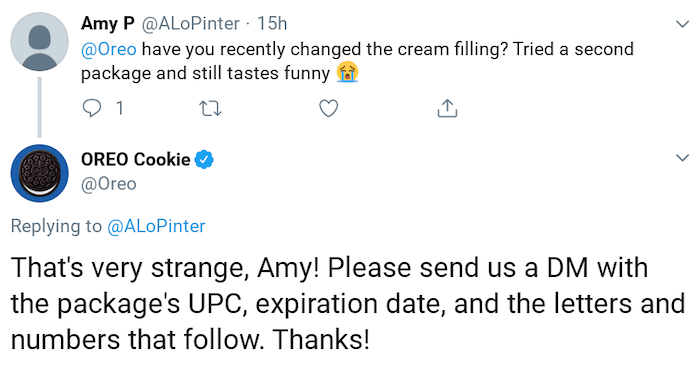
Emailing prospects when they reach out with inquiries.
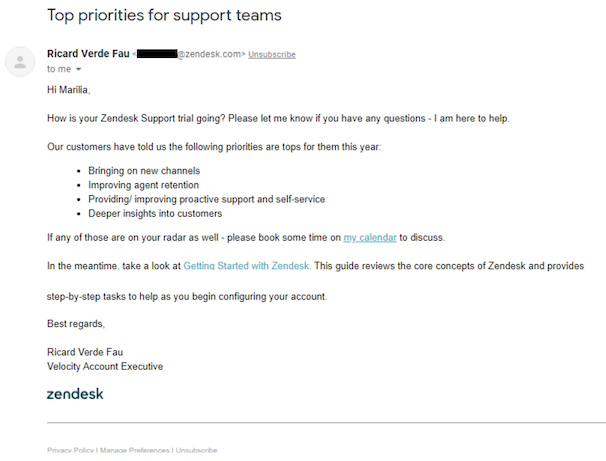
Offering live chat options to those looking for answers to critical questions.
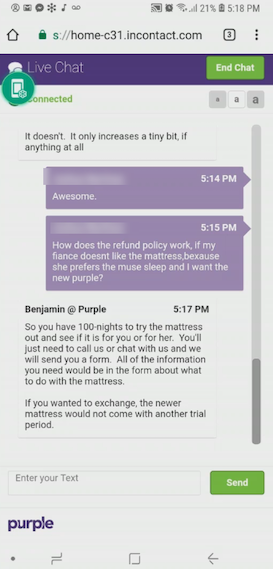
Being more personable is impactful for a few reasons.
Most obviously, it proves to prospective customers that your company is made up of human beings—and that these human beings actually care about the people they serve.
It also allows you to take engagements deeper than most automated means do. With your team’s expertise, they’ll not only be able to solve your prospect’s current issue, but also provide the information they need to take even further steps in their journey.
Going along with that, you can also use these moments to learn more about your prospects than you would via automated means. Once you’ve helped them overcome the issue at hand, you can probe for more info regarding their goals, expectations, frustrations, and more.
Put this all together, and you’ll be more equipped than ever to ramp up your customer-centric efforts across the board.
Generate high-quality leads with customer-centric marketing
Generating leads is a major focus for businesses in any industry. When it comes down to it, lead quality trumps lead quantity every time.
Yes, you want to continually increase the amount of leads you bring in. But, it’s more important to ensure the leads you bring in end up becoming high-value paying customers.
Being customer-centric allows you to stay focused on these high-value prospects from the get-go—and enables you to sharpen your products, services, and overall branded experience to keep them onboard for a long time to come.
About the author
Josh Brown is the SEO and marketing manager at Helpjuice, a knowledge base software provider. When Josh isn't building & analyzing marketing campaigns, he spends his time writing on topics that are helpful (hopefully) to businesses looking to improve their lead generation & sales efforts.
